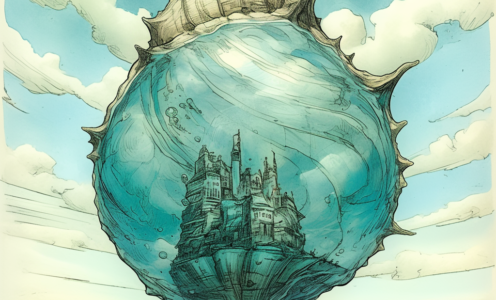Elemental Pockets in Air
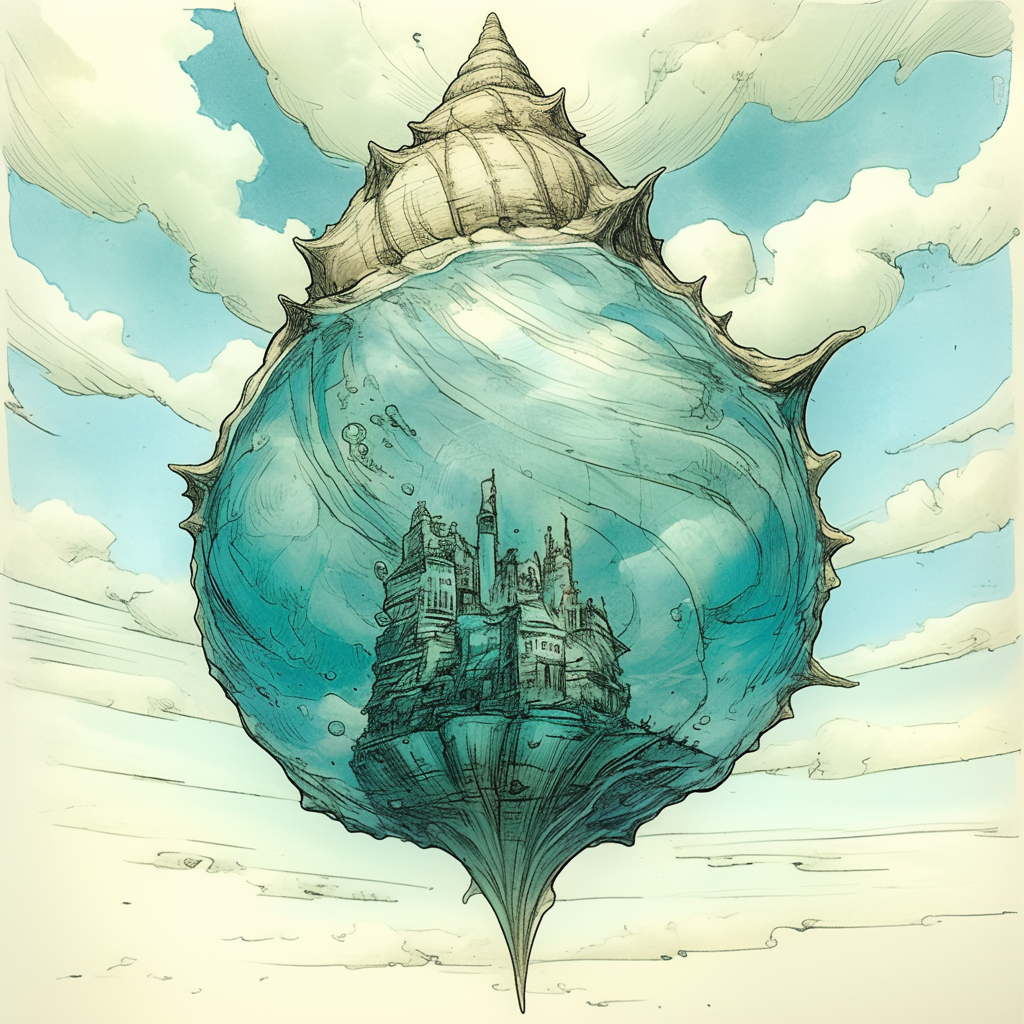
Elemental pockets form when cracks appear between two Inner Planes. This can be caused by traumatic damage to the fabric of the plane from battle, magic, or more likely, the mischief of an entrope. Trans-planar leakage then leads to a lump of elemental matter slowly forms around the point of damage. After existing for some time (from several years to several centuries), the crack eventually heals and the pocket—which may have reached the size of a Prime continental by this point—is then slowly eroded gain. On the Inner Planes, life thrives around these pockets. Here are some examples of how these pockets manifest in Air:
Earth and Mineral: These pockets are highly prized by the inhabitants of the Plane of Air. Solid ground is a useful—and rare—resource, which means most of these earthbergs are bound to be occupied by fortresses, settlements or just territorial elementaloids. Pockets of Earth and Mineral do erode in the winds, but this process can take eons.
Water: Water is the most important element for most kinds of living being, and spherical water pockets always attract both animals and planewalkers—and thus, it’s also wise to check the water before drinking. Even when evaporating, water pockets enrich the Air with their moisture.
Ice and Salt: All that was said about Earth pockets applies here, however Ice and Salt pockets are less populated due to their more extreme conditions. An ice pocket that has lost its connection to the Para-Elemental Plane of Ice quickly thaws.
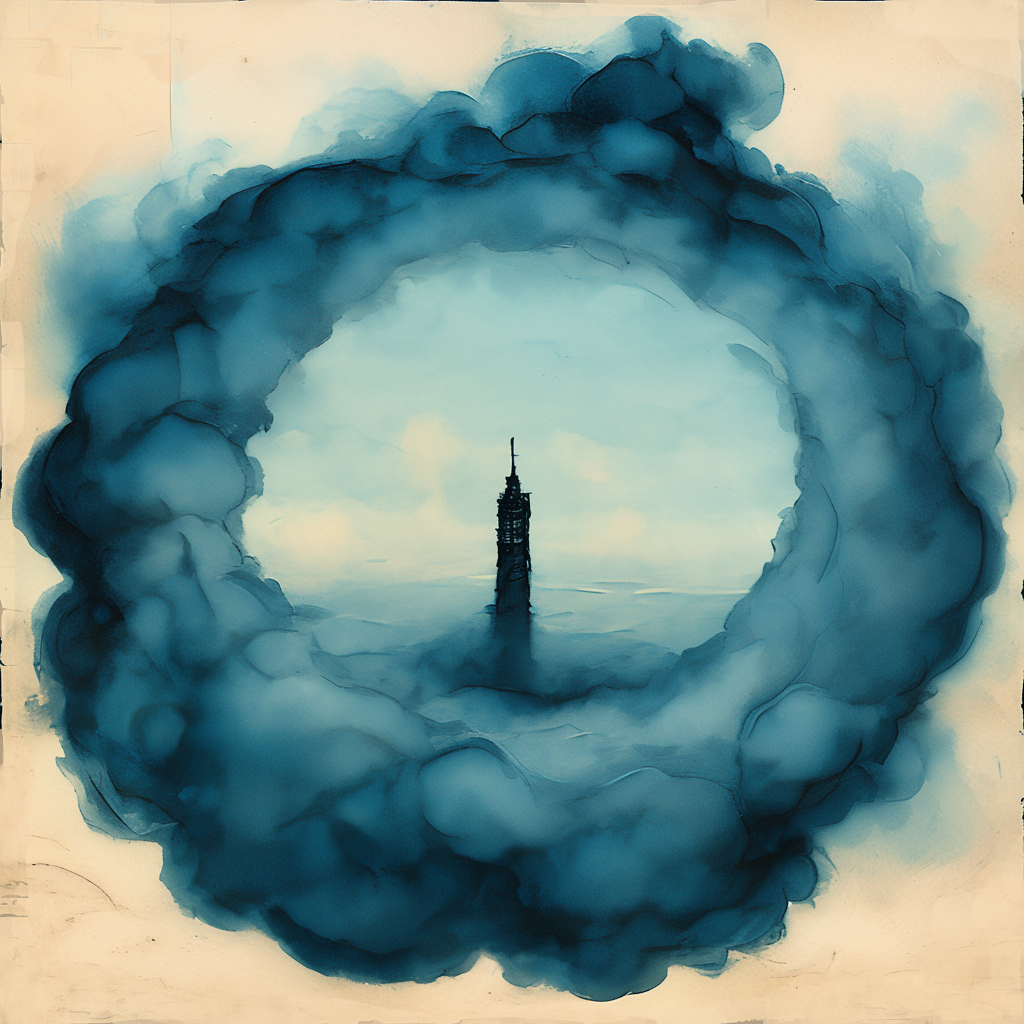
Shadowfell: In shadow-touched areas of the Plane of Air the naturally occurring light is significantly dimmed, making pseudo-pockets of shadow appear as blobs of the night sky. Many Prime animals come to these places to rest from the continual light of Air. But be careful—in some shadow areas some horrible mist elementals make their kip.
Ooze: Ooze pockets end up being a fertile ground for vegetation. Unless they are very acidic, in which cases—watch out.
Ash and Dust: These pockets are far more unstable, and winds that pass through them always come away carrying clouds of ash or dust. They rarely contain anything of note. Dissipated dust pockets can still prove dangerous—if they contain especially abrasive particles, they form what is known as a razorgrit storm. [Each creature inside of this storm must make a DC 15 Dexterity Saving throw at the start of each of its turns or take 1d6 slashing damage. If a creature fails the save by 5 or more, it is also blinded until the start of its next turn.] Using durable clothing and protective glasses is necessary to completely shield a body from razorgrit.
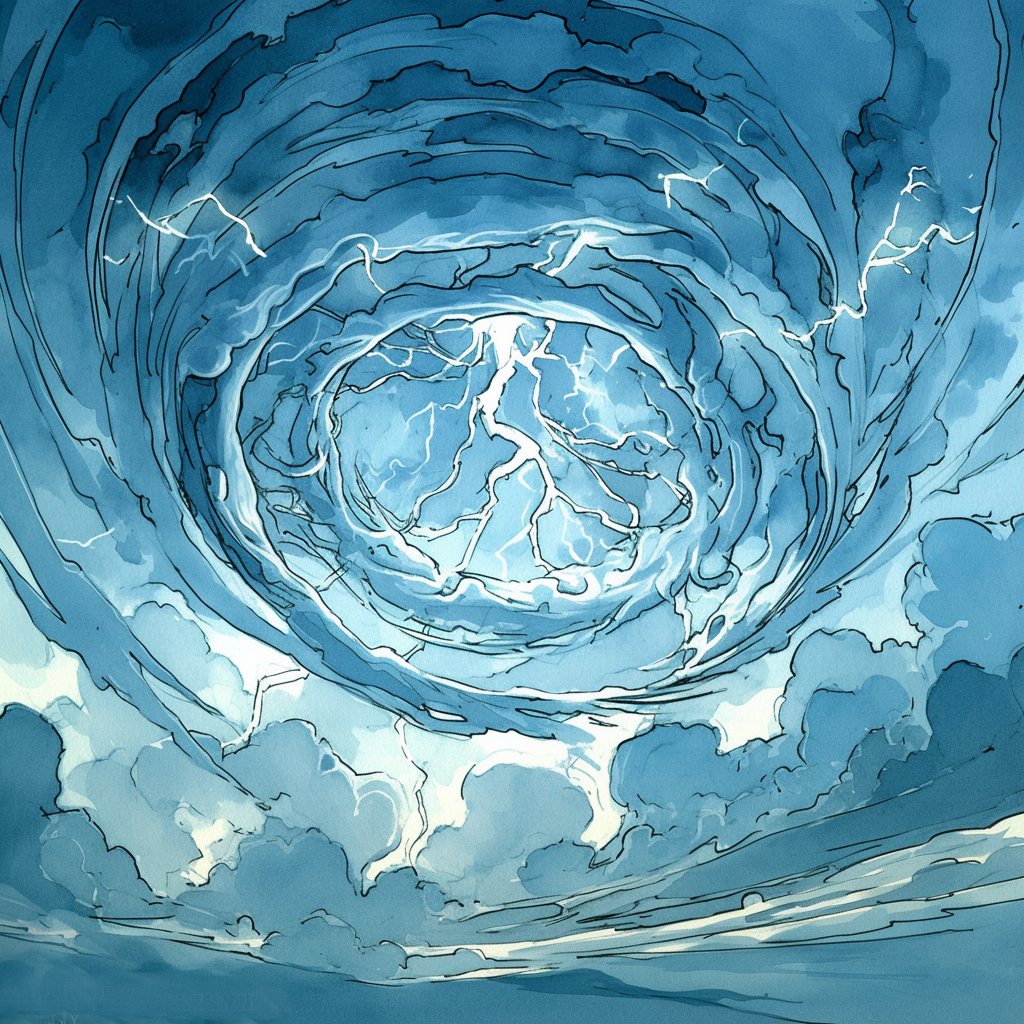
Steam and Lightning: Both steam and lightning pockets form iconic greatclouds in the infinite sky. Even after the crack is closed, those clouds can persist for years. Many animals use them as a source of water.
Smoke: Fissures to the Para-Elemental Plane of Smoke also create clouds, but these ones are choking and poisonous. Settlers in the Plane of Air must protect their homes from possible smoke storms.
Fire, Radiance, and Magma: If you fly through Air and see something that looks like a sun, you’ve probably stumbled upon one of these pockets. Most creatures steer clear of these places, with some exceptions—for one example look no further than Borealis, the palace of the nyths. Magma pockets can be trickier—their outer layer sometimes cools down enough to form a thin crust, and can sometimes erupt by surprise in a huge volcano. Should you find a suspiciously empty and warm earthberg—tread carefully.
Vacuum: When a crack forms between planes of Air and Vacuum, it doesn’t make a pocket of nothing in the mass of air. Instead, air rushes in the crack, twisting and turning into a maelstrom. These maelstroms are a great danger to everyone passing around them. If a creature can’t escape the whirlwind, they will either fall into the Plane of Vacuum or perhaps worse, just gets stuck in the centre of the storm, battered by winds and debris.
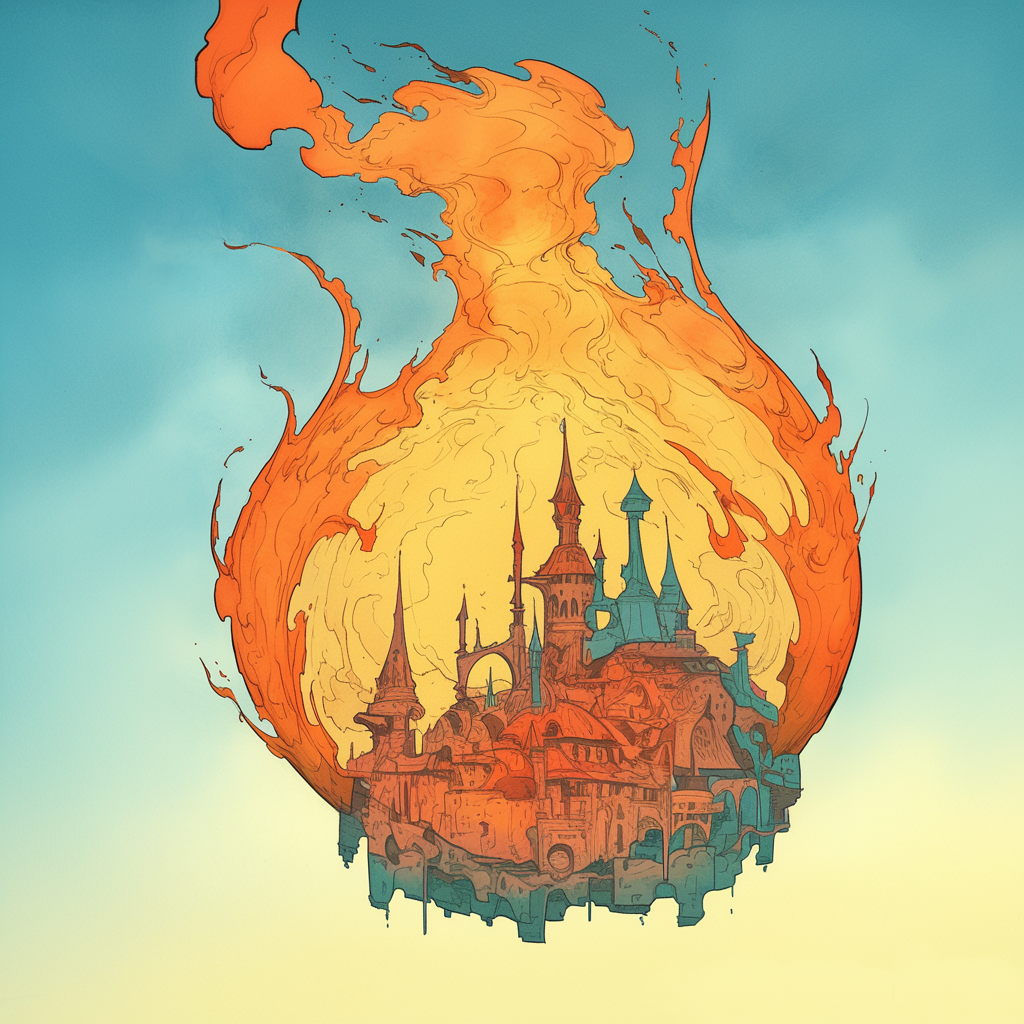
Positive: Pockets of positive energy also look like stars, but emit no noticeable heat. Smarter inhabitants of the plane often take notice of such places and travel there when in need of healing. Shimmering, blinding clouds are known to form around such pockets.
Negative: Pockets of negative energy are pitch-black orbs of deadly void energy. These places are often infested with necromentals. Don’t tread near them, unless you’re undead too.
Feywild: When a pseudo-pocket forms out of Fey-stuff, its energies imbue the elemental matter as well. Faerie folk known as sylphs are born in these places, and many other Sylvan races live there as well, using the pocket as a base for mischief.
Prime: Rarely, pieces of the Prime Material Plane get torn off and fall into elemental vortices. These pseudo-pockets may look like beautiful flying islands, but more often they are just clouds of junk from stones to plants to animals (mostly dead ones) and even whole buildings.
Sources: Margarita and Jon Winter-Holt


